Why walking transforms your photography
Study shows walking stimulates divergent thinking
March 2020. The world fell silent, but I started walking. Every day, more or less the same route through my neighborhood with my camera. No plan, no assignment, just walking and looking. What began as a way to stay sane during lockdown became something else. The photos I took during those daily walks felt different from anything I’d made before. Sharper. More authentic. More seen. Eventually, this became my project ‘Descended Silence’.
Recently, I discovered this wasn’t coincidence. Stanford scientists measured precisely what was happening to me: walking increased my creative output by 60%.
The Stanford study that explains everything
Marily Oppezzo and Daniel Schwartz from Stanford University tested 176 people on creative tasks, both sitting and walking1. The results were unequivocal: 81% of participants became more creative while walking, with an average increase of 60% in creative output.
But here’s where it gets really interesting for photographers: the researchers tested four different scenarios:
Sitting indoors at a table
Walking indoors on a treadmill (facing a blank wall!)
Walking outdoors on a path
Sitting outdoors (pushed in a wheelchair along the same path)
The surprising result: both walking situations produced twice as many creative responses as sitting. Walking indoors on a boring treadmill worked just as well as walking outside in a beautiful environment.
“I thought walking outside would blow everything out of the water,” said Oppezzo, “but walking on a treadmill in a small, boring room still had strong results, which surprised me.”
The photographic advantage
We photographers have a unique advantage: walking is already part of our work. But there’s a crucial difference between aimlessly wandering with a camera and consciously walking for creativity.
The Stanford researchers discovered that walking particularly stimulates divergent thinking, the ability to generate many different ideas and solutions. Interestingly, participants performed slightly worse on tasks requiring one correct answer. So walking doesn’t help you solve technical problems, but it does help you find new perspectives.
Three modes of (photographic) walking
1. Walking without camera (pure divergent thinking)
As that treadmill test proves: the movement itself activates creative thinking. No camera, no pressure to “deliver”. Just your brain generating solutions, combining ideas, finding new perspectives. The Stanford research showed this creative effect even persists after you sit down again; a “residual creative boost” you take home with you.
2. Walking with camera, without assignment (receptive mode)
This was my ‘Descended Silence’ ritual. Camera along, but no specific intention. The creativity boost plus visual alertness. Your brain makes connections you’d never see at your desk.
3. Walking with a creative question (focused exploration)
Take a specific photographic problem out the door with you. But remember: walking stimulates divergent thinking, not convergent thinking. So not for technical problems (”How do I get that exposure right?”), but for conceptual questions (”How can I approach this subject differently?”).
My Corona-walk lesson
What ‘Descended Silence’ taught me wasn’t that walking helps. It was that daily walking transforms.
The Stanford researchers had subjects walk 5-16 minutes—short sessions. But my experience was: consistency beat duration. Every day, more or less the same route. No spectacle, no new locations. That very repetition created space for deeper seeing.
My brain knew: here I don’t need to think about navigation, about processing new stimuli. Here I can simply see.
Science confirms this: it’s about the movement, not the environment. That boring treadmill facing a blank wall works just as well as a walk through nature. The creativity boost doesn’t come from inspiring views, it comes from your feet moving while your brain is free to wander.
RBNXPLRNG Belfast by



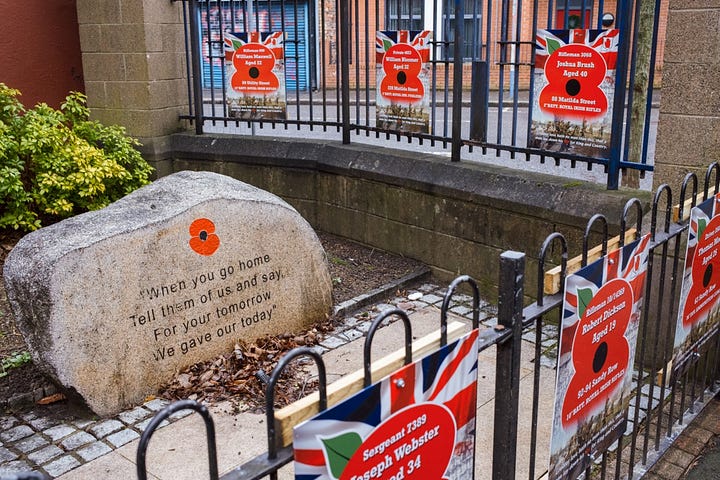
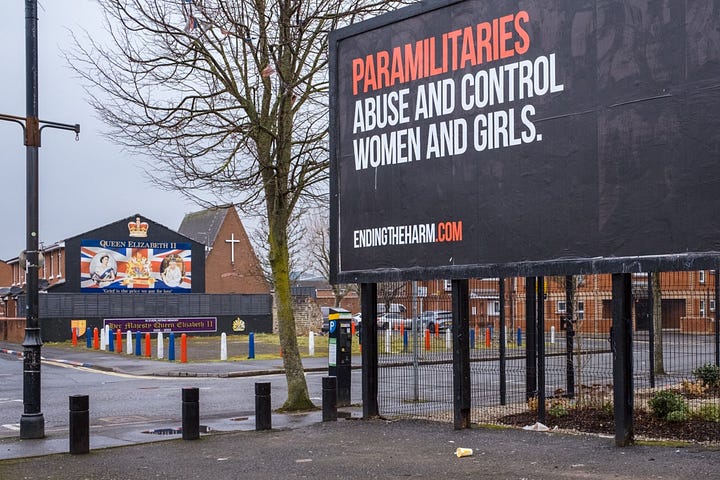
From theory to practice: RBNXPLRNG
That lesson from ‘Descended Silence’ that constraints stimulate creativity led to an experiment that brings the Stanford research into practice: RBNXPLRNG.
The Situationists experimented with exactly this concept as far back as the 1950s: dérive, the aimless drifting through the city to open yourself to unexpected encounters and observations.
Guy Debord described dérive as a technique to break free from habits and predetermined routes. By consciously surrendering to randomness, to the “psychogeography” of the city, you activate a different way of seeing. Exactly what the Stanford research now measures as “divergent thinking.”
RBNXPLRNG is essentially dérive with an app. Where the Situationists used dice or simply followed their intuition, you now use a random generator. But the principle is the same: by giving up control over your route, you gain control over your perception.
(Want to know more about dérive and RNBXPLRNG? I wrote about it in more detail in a previous article)
The difference is that we now know why it works. Stanford exposes the neurological basis: that 60% creativity boost isn’t a romantic idea, but measurable brain work.
The concept is simple: start at a random spot in your city. Take a photo. Click “Next Direction”. The app gives you a random direction. Walk to the next intersection and take a photo along the way. Repeat until you have five photos.
No choice about where you’re going. No planning. No looking up “beautiful spots”. Just walking and being forced to see what’s there, not what you expected to find.
And here something fascinating happens: because you’re not thinking about where you’re photographing, you have all the mental space to think about how you’re photographing. The app takes over navigation, exactly like that treadmill in the Stanford experiment took over the environment. What remains is pure movement and pure perception.
It’s the anti-Instagram algorithm. No trending locations, no “best spots for photography in your city”. Just your feet, your city, your eyes, without any control over your route.
When I launched RBNXPLRNG two years ago, I expected maybe a handful of submissions. Instead, series came in from Montreal, Hamburg, New York, Barcelona, Glasgow, photographers sharing the same experience. “I ended up in places I’d never been, even though I’ve lived here for ten years.” Or: “I had to be creative, I had no choice.”
This resulted in an entire special issue of Darkrooms Magazine featuring 11 photographers who documented their RBNXPLRNG routes. Eleven different cities, eleven completely different visual stories, but all emerging from the same constraint: follow the app, photograph what you encounter.
That’s exactly the point. Stanford proved that walking activates divergent thinking. RBNXPLRNG forces you to actually use that divergent thinking. No escape to familiar compositions or trusted locations. Just the question: what do I see here, now that I’m here anyway?
They’re usually not the most beautiful photos you make during RBNXPLRNG. But they are the most surprising. Because your brain enters a state that the Stanford research describes: open, exploring, willing to make unexpected connections.
Try it this week:
Go to borgstijn.nl/rbnxplrng
Or download the PDF with all directions
Five photos, random route, your city
I’m curious what creativity your feet will unlock
RBNXPLRNG Glasgow by
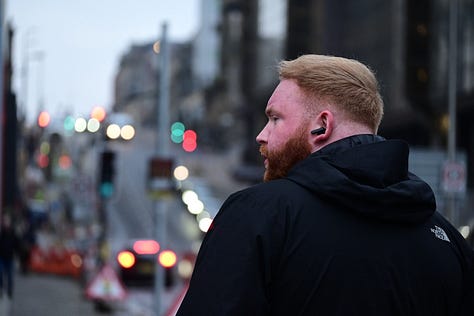

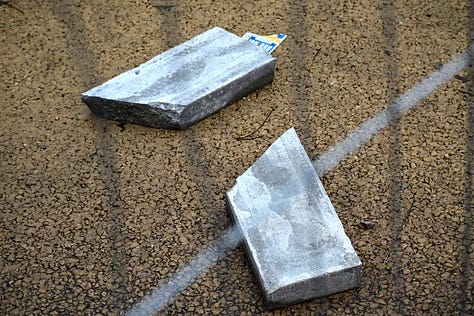


That’s it for this newsletter.
Till next time,
Love visual storytelling? Here's how — beyond sharing — you can support this newsletter:
📸 Upgrade to paid - $5/month for free access to magazines & exclusive e-books
📸 Buy me a coffee - One-time donation; caffeine keeps me running
Your support directly fuels the creation of more photography content you love.
Thank you for being part of our community!
The complete study: Oppezzo, M., & Schwartz, D. L. (2014). Give your ideas some legs: The positive effect of walking on creative thinking. Journal of Experimental Psychology: Learning, Memory, and Cognition, 40(4), 1142-1152.



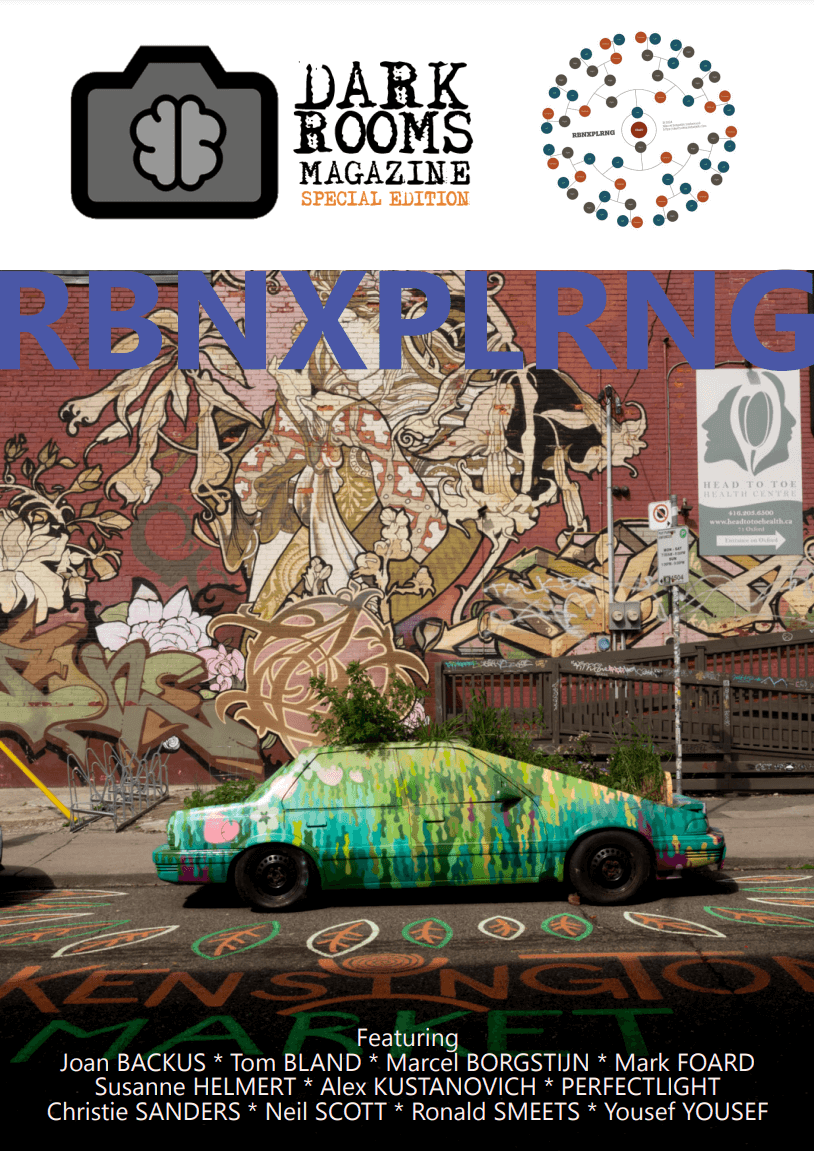

Great piece, Marcel. It is true that walking helps clear the mind and spirit.
that was interesting but to a large extend not surprising. Although photography is my passion, I walk way more than I take photos while excercising my passion....